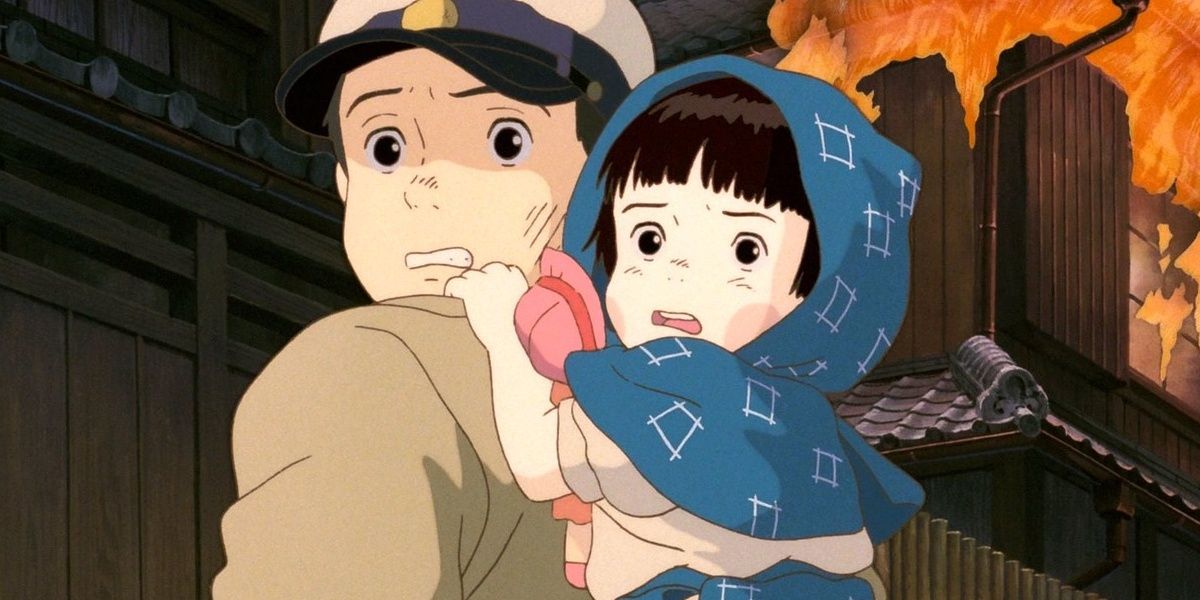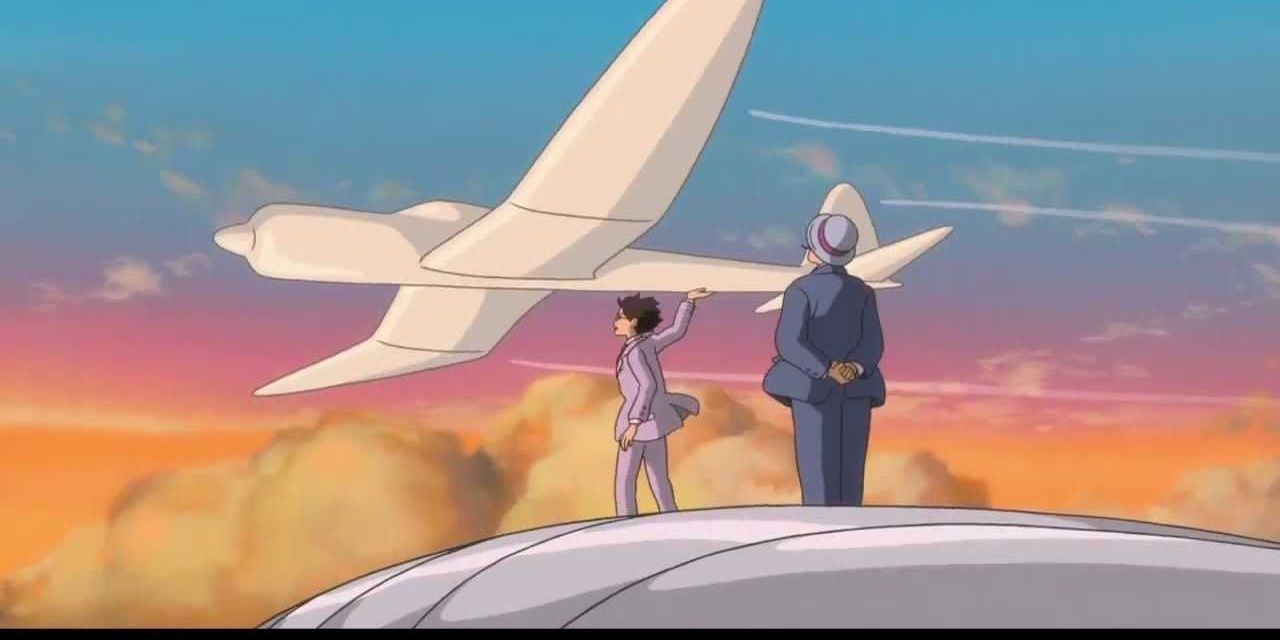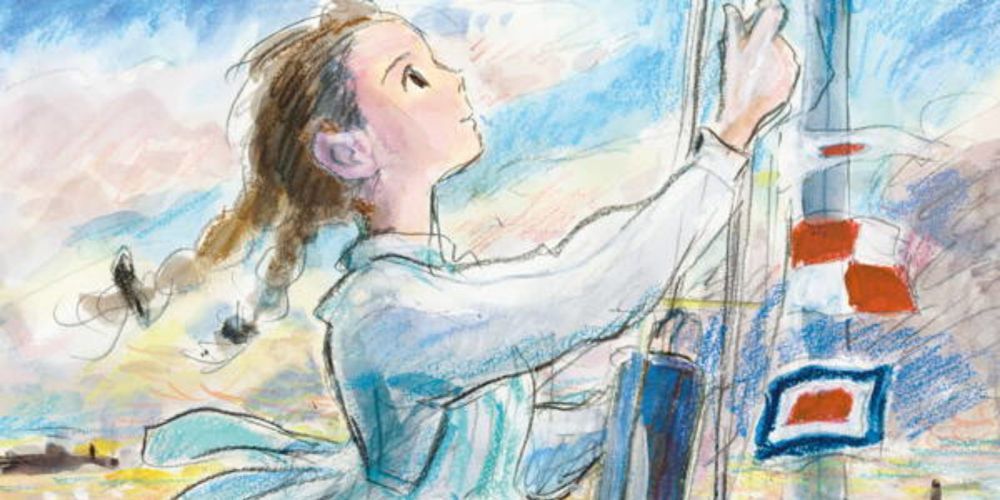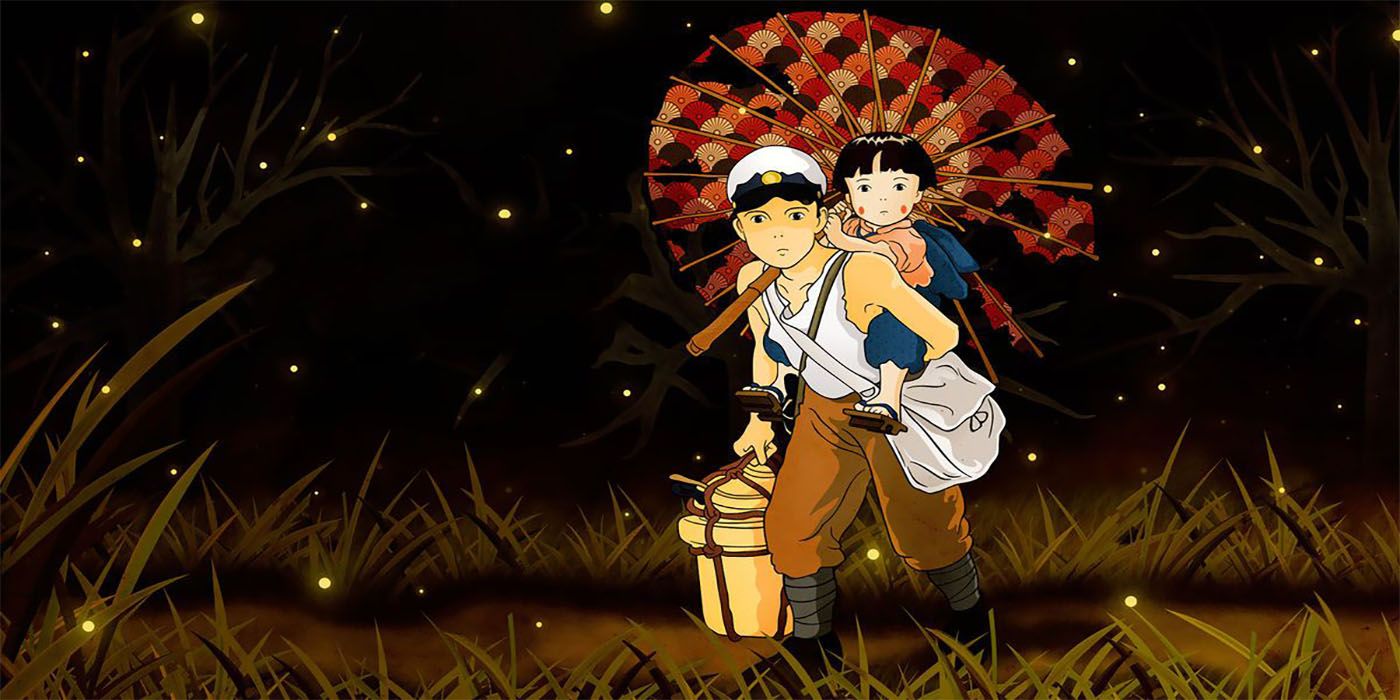Studio Ghibli has become a household name since its creation in 1985. The studio’s founders, Hayao Miyazaki, Isao Takahata and Toshio Suzuki, are responsible for many of Japan’s top animated films. Princess Mononoke, Spirited Away and Ponyo are among the highest-grossing Japanese films worldwide.
The studio is known for its breathtaking animation and captivating tales. However, while every film tells an individual tale, many connect through a similar theme and commentary on war.
Grave of the Fireflies and Howl’s Moving Castle Highlight the Destruction of War
Isao Takahata’s Grave of the Fireflies is famously known for its heartbreaking tale. The film follows two orphans, Seita and his young sister Setsuko, who try to survive the final months of World War II. After dealing with the passing of their mother and escaping their abusive aunt, the two set up camp in an abandoned bomb shelter. Despite Takahata’s claims of the film's intentions not to be an anti-war story, a lot of his personal ideologies slip through in the story. By highlighting the difficulties of youths during the war, the film shares how Japan’s duty should have been to protect its own people instead of getting involved on the wrong side of the war. This film and its story were something that Takahata was familiar with, as his family survived a major air raid from American fighters in Okayama City.
Howl’s Moving Castle came out in 2004 and was written and directed by Hayao Miyazaki. Pacifism is a central theme in the film, as the story is set during a time when kingdoms are at war. While the main character, Sophie Hatter, is attempting to break a curse that transformed her into a 90-year-old woman, she is also caught up in a powerful wizard named Howl’s life as he tries to avoid getting recruited for one side of the war. Instead, he takes every opportunity to fight both sides even though he’s against the war altogether. Miyazaki has shown strong opposition to the Iraq war, which was his reason for creating this film. It was important to him to create a movie that wouldn’t be well-received in the United States. However, even though the film has a clear anti-war stance, it still became a hit for the studio in the U.S. Miyazaki’s anti-war stance has been established since his youth as he grew up witnessing the harshness of war in Japan during the 1940s.
Porco Rosso and The Wind Rises Show the Involvement in War Despite Opposition
Porco Rosso was written and directed by Hayao Miyazaki and was released in 1992. The film tells the story of Marco Pagot/Marco Rossolini, who was once an Italian fighter-ace during World War I. Many refer to him as Porco Rosso after he suffered a curse that partially turned him into a pig. He now works as a bounty hunter, chasing after air pirates. While Porco Rosso isn’t involved in the war anymore, the actions that he witnessed and partook in visibly haunt him. Porco Rosso shares many themes within it, but Miyazaki’s view of the actions of war and its repercussions is visible throughout the film.
The Wind Rises was Hayao Miyazaki’s last film before his short retirement in 2013. The film tells the life of Jiro Horikoshi, a fighter pilot engineer during World War II. While the studio’s version of Horikoshi’s life is extremely fictionalized, it still highlights his stance on the war despite being heavily involved in the lead-up to Japan’s participation. Miyazaki’s version of Horikoshi’s life spans from 1916 to the end of World War II. He becomes aware of the rise of the Nazi Party through a man he meets and is later wanted by the Japanese secret police for speaking with him. Horikoshi goes into hiding while still designing aircraft for the Imperial Navy. Horikoshi’s love of aircraft design turns into regret after he realizes the catastrophe that his work has contributed to. This tale is one that hits home for Miyazaki, as his father was the director of Miyazaki Airplane, a company that created rudders for World War II fighter planes.
The Impacts of War Effect Multiple Generations
One of the studio’s more recent films, From Up on Poppy Hill, was released in 2011 and directed by Hayao Miyazaki’s son, Goro Miyazaki. The film shows that it's not just his passion for animated films that Hayao Miyazaki passed down to his son but a stance against war as well. While the main tale is about a teen girl, Umi Matsuzaki, and her involvement in helping her school’s clubhouse with renovations after meeting Shun Kazama, there is also a plot revolving around the impact of war on the teens. Every morning, Umi raises signal flags for ships passing by with the message “I pray for safe voyage.” She does this to honor her father who passed during the Korean War.
Shun Kazama struggles to identify who his birth father is but later learns that his father was friends with Umi’s father and died during World War II. Shun’s mother passed away during childbirth, and the rest of his family was killed in the bombing of Nagasaki. Unable to care for him himself, Umi’s father gave Shun to a couple who desperately wanted a child. While the children in the film weren’t directly involved in any wars, they still suffered greatly because of them.
Many Studio Ghibli films include different wars that impact the characters. While the films are beautifully animated and tell captivating tales, the studio makes sure to never glorify any type of war. The anti-war stance of the studio’s creators is evident through storytelling and themes that are carried in their films. The studio shows that war isn’t just a plot device to make a story interesting but to reveal the true hardships that war brings and the unnecessary damage done to gain power.

